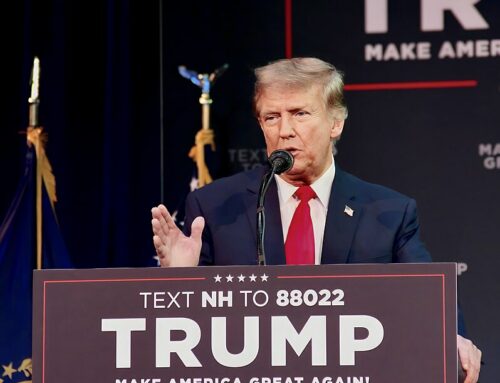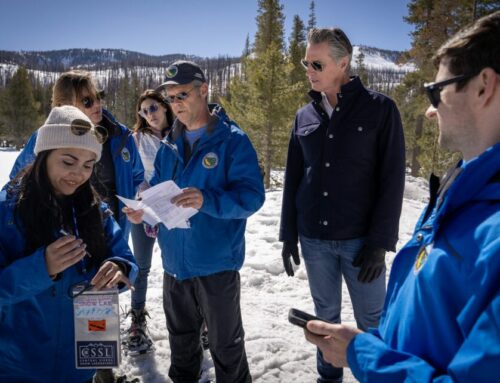by Greg Walcher, E&E Legal Senior Policy Fellow
As appearing in the Daily Sentinel
In 1991, Oleta Adams sang “Get Here” on “Soul Train.” She spent 23 weeks on the Billboard top 100 with the love ballad, listing all the ways he could get to her: by railway, trailway, airplane, caravan, sailboat, swinging on a rope, by sled, horseback or even by windsurfing, magic carpet or hot air balloon. The conclusion is, “I don’t care how you get here, just get here…”
Government regulators like the Environmental Protection Agency (EPA), ought to take that approach, but rarely do. This was the primary controversy surrounding the EPA’s regulation of methane emissions, which sought not only to set and enforce standards for the pollutant, but also to dictate a one-size-fits-all outdated technology to monitor emissions.
Governments are often behind the curve in recognizing the latest technology. Innovation invariably moves faster than the intentionally slow processes of government. We saw that with the Biden administration’s methane regulations, and we are seeing it again with its recent move to halt upcoming liquefied natural gas (LNG) export permits. The LNG export moratorium has sparked intense debates around the country, on both sides of the aisle, and will have repercussions for years.
Frankly, the public was blindsided by the administration’s suddenly announced LNG export permit moratorium. That’s because the U.S. established itself as the world’s largest exporter of LNG last year, surpassing oil-rich nations like Qatar. In fact, the U.S. positioned itself as a steadfast partner to European countries by assisting them in diversifying their energy sources and reducing dependence on Russian imports.






